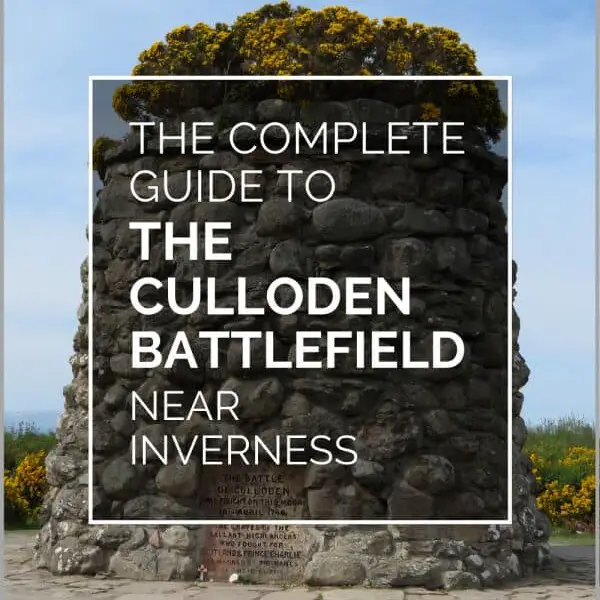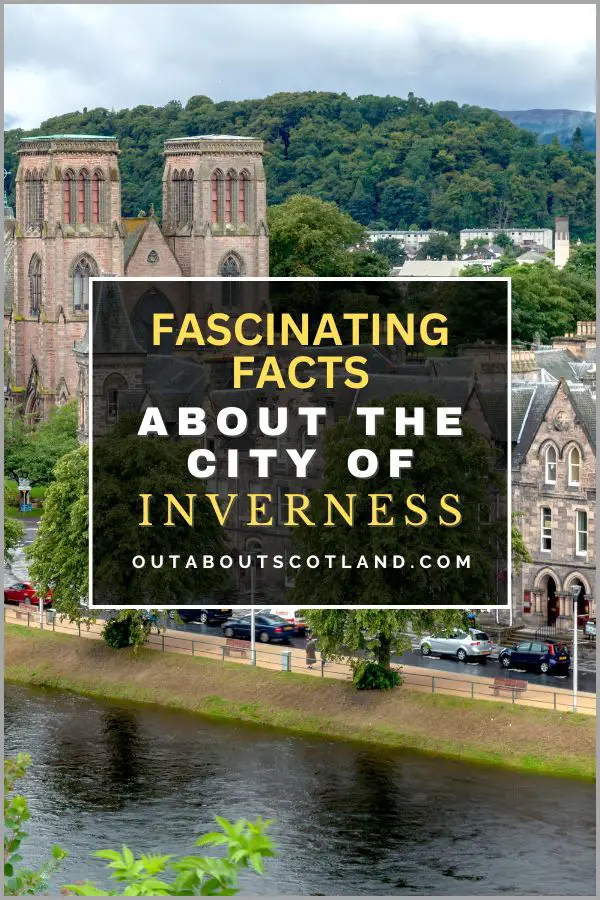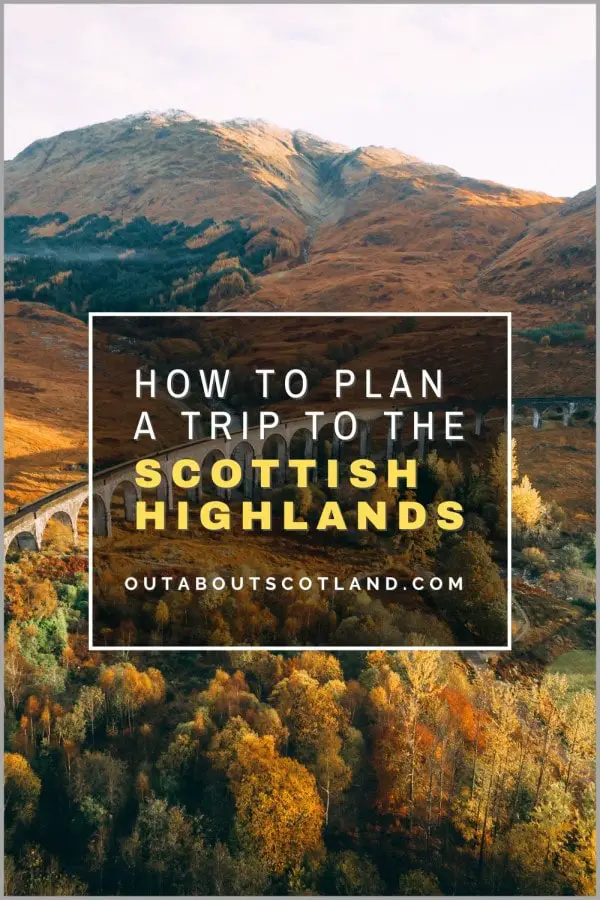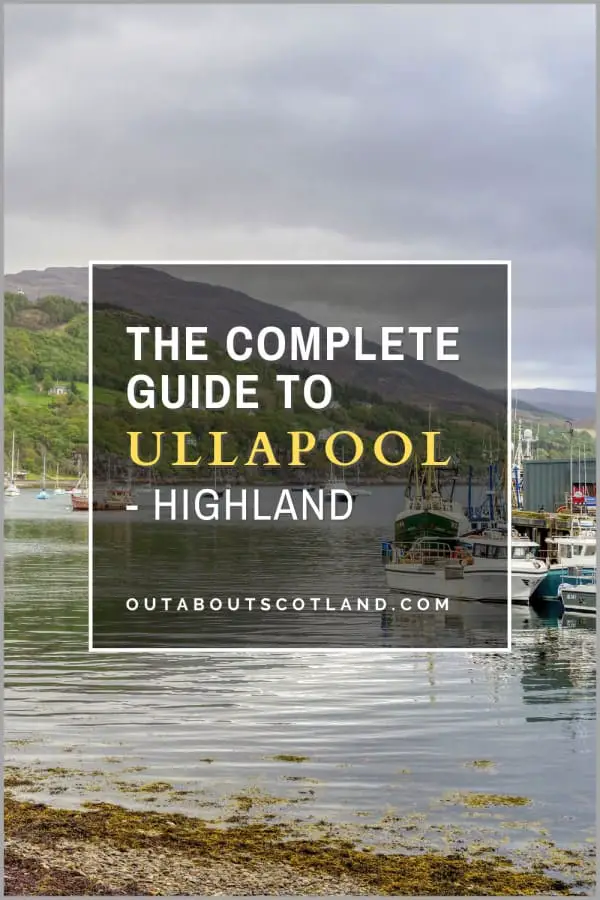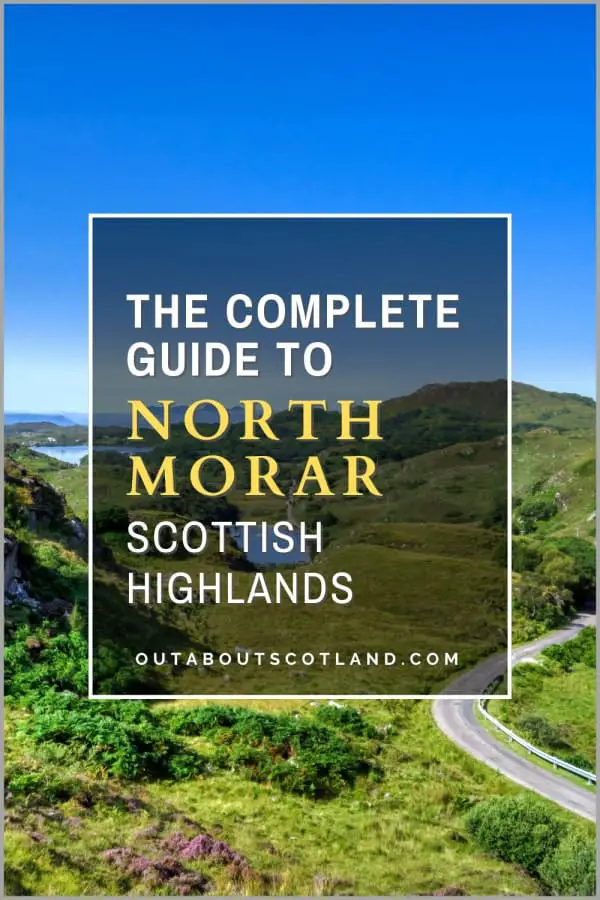The Culloden Battlefield is a significant site located near Inverness in the Scottish Highlands. It is the location where the Battle of Culloden took place on April 16, 1746, which was the final confrontation of the Jacobite uprising and the last pitched battle fought on British soil.
The National Trust for Scotland is in charge of maintaining the site today, and visitors can explore the battlefield, view informative exhibits, and watch a film that recreates the events of the battle in the visitor centre. The battlefield also has a memorial cairn and various grave markers for the fallen soldiers.
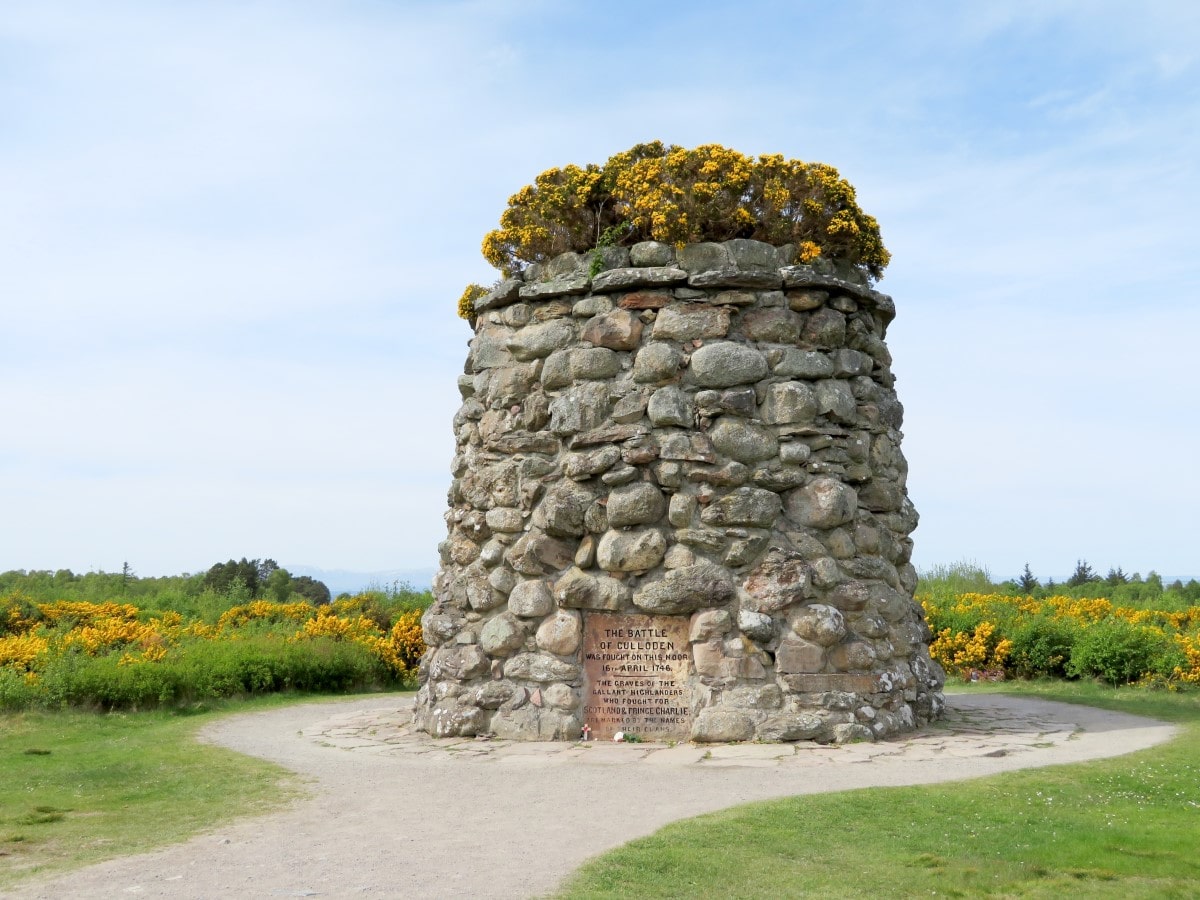
| Address: | Culloden, Inverness, IV2 5EU |
| Opening Hours: | Visitor Centre 09.00–16.00 Battlefield Open 24/7 |
| Admission Price: | Adult £14.00 Family £30.00 One adult family £25.00 Concession £11.00 |
| Parking: | Free on-site car park |
| Contact: | 01463 796090 culloden@nts.org.uk |
| Facilities: | Toilets, disabled access, gift shop, audio tour, guided tour, baby changing, picnic area |
| Photos: | Virtual Tour YouTube Video |
Overview
The 1746 Battle of Culloden is famous not only for being the last pitched battle to be fought on British soil but also for being the final decisive defeat of the Jacobites which ended their claim to the British throne under the Stuart monarchy.
The events that led up to Culloden began in 1745 when Charles Edward Stuart called the clans of Scotland together during a rally that took place in Glenfinnan. It was there that the prince, otherwise known as the ‘Young Pretender’, began his challenge to reclaim the British throne in the name of the House of Stuart.
The Jacobite campaign is one of the most significant events in the history of Scotland, and this famous battle site is a must-visit for anyone with an interest in history. Admittedly, it doesn’t seem impressive at first glance, but thanks to the visitor centre installed by the National Trust for Scotland (NTS), it’s one of the best tourist attractions in the Highlands.
The NTS has done a great job of showing where the battle lines were drawn and where the events of the battle played out, with flags that indicate where each army stood and stone plinths that describe what happened in each area. The NTS has also built a first-class visitor centre that displays exhibits from the time of the Jacobites alongside interactive displays and exhibitions, as well as a cafe and a gift shop.
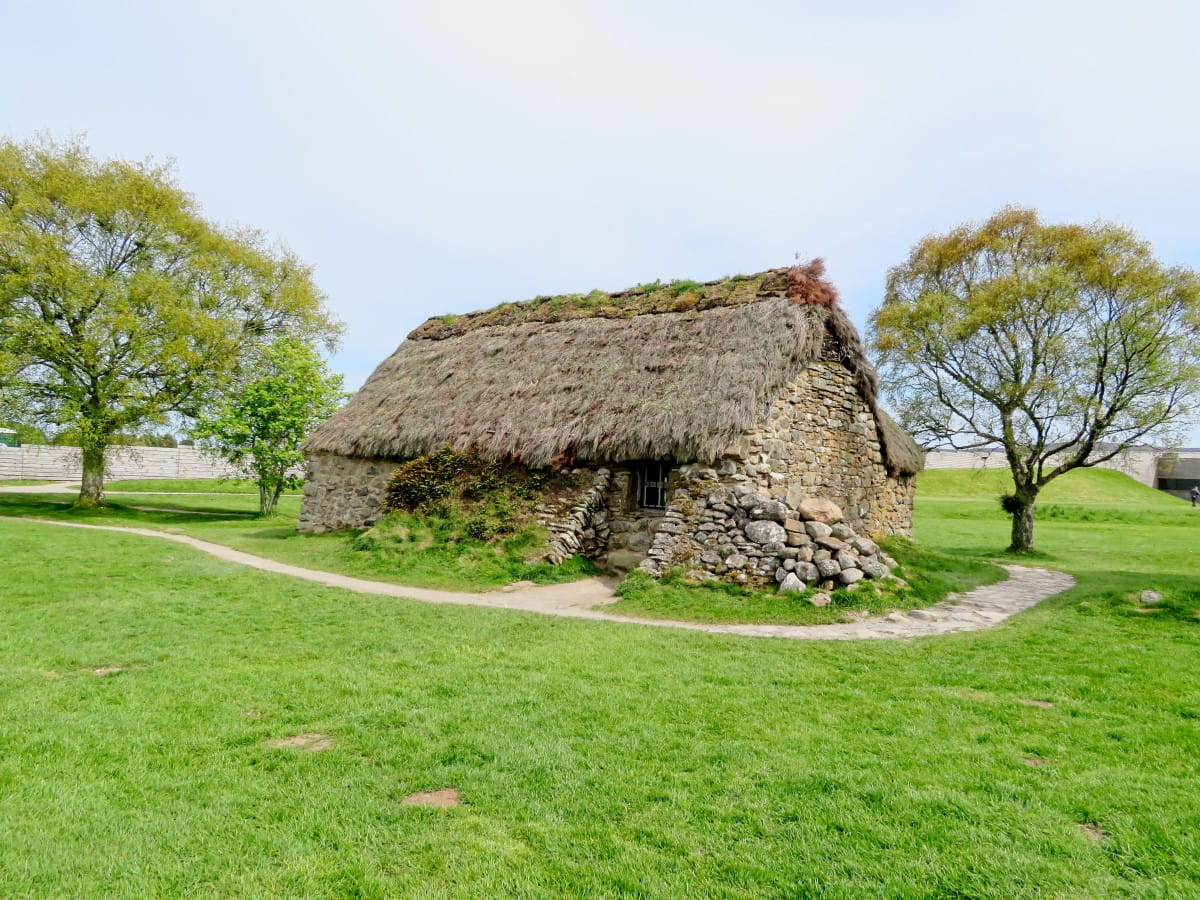
The Highlights
1: Culloden Battlefield has a visitor center where you can explore interactive exhibitions about the battle. It uses immersive technology to recreate the battle and life during that period.
2: You can take a guided tour of the battlefield itself, where the infamous Battle of Culloden took place in 1746. It’s a unique opportunity to walk in the footsteps of the soldiers and learn about the importance of this event in Scottish history.
3: On the battlefield, you can find the clan stones which mark the spots where different Highland clans fell during the battle. It’s a poignant reminder of the lives lost in this historic event.
Visiting Tips
1: The on-site cafe is good, but due to the number of tourist coaches, it gets rather busy. Purchasing food in nearby Inverness is much cheaper and means you’ll have smaller queues to fight through.
2: This attraction gets very busy in the summer so it’s recommended to arrive early. Unfortunately, the car park gets jammed with coaches due to the fact that Culloden seems to be on every single Scottish coach tour’s itinerary.
3: Fort George – the British fortification built in response to the Jacobite uprising – is around 7 miles north of Culloden and is definitely worth visiting. Likewise, Clava Cairns (a Bronze Age burial site) is just 1.5 miles away.
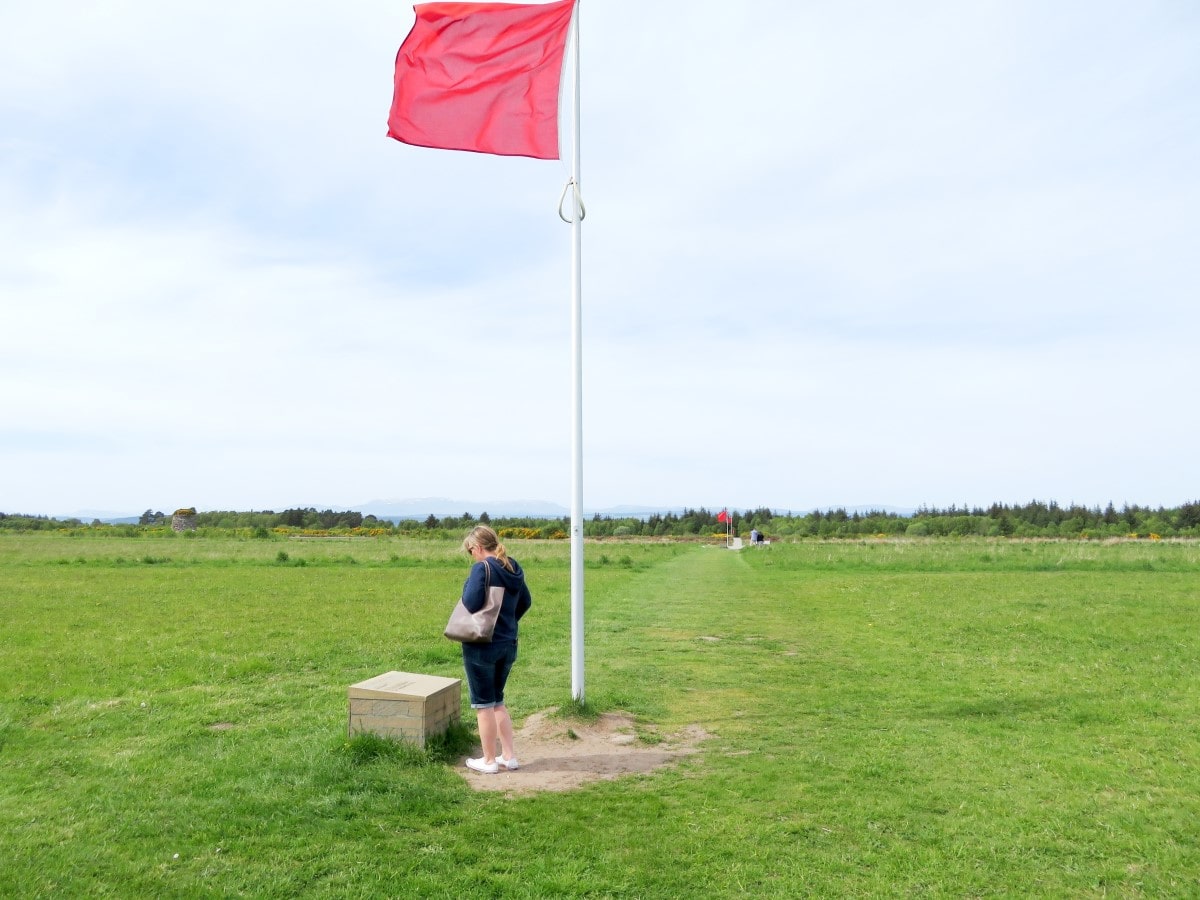
Tourist Information
While the Jacobite rebellion faded away over time, the soldiers sacrifices on the battlefield are memorialised with a 20-foot memorial cairn that was erected in 1871. Today, visitors can follow paths that lead around the main areas of the battlesite where information tablets have been installed that identify where the British and Jacobite forces stood.
The memorial cairn itself is an impressive structure that’s usually covered with fresh flowers from people that have clan ties, alongside several memorial stones that commemorate each of the clans that fell.
As you enter the battlefield, the first thing you’ll see is the Old Leanach Cottage, which served as a field hospital for the government troops, while the huge National Trust for Scotland visitor centre lies just behind it. Although the visitor centre has an additional fee for the exhibitions, there’s no fee to use the viewing platform, and all visitors are welcome to dine in the café.
One word of caution when visiting the battlefield is that it’s as much a memorial as it is a tourist attraction, so please be respectful while you’re visiting it. There will undoubtedly be clan members who are there to pay their respects, so you might want to give it the same consideration as you’d give to visiting a graveyard.
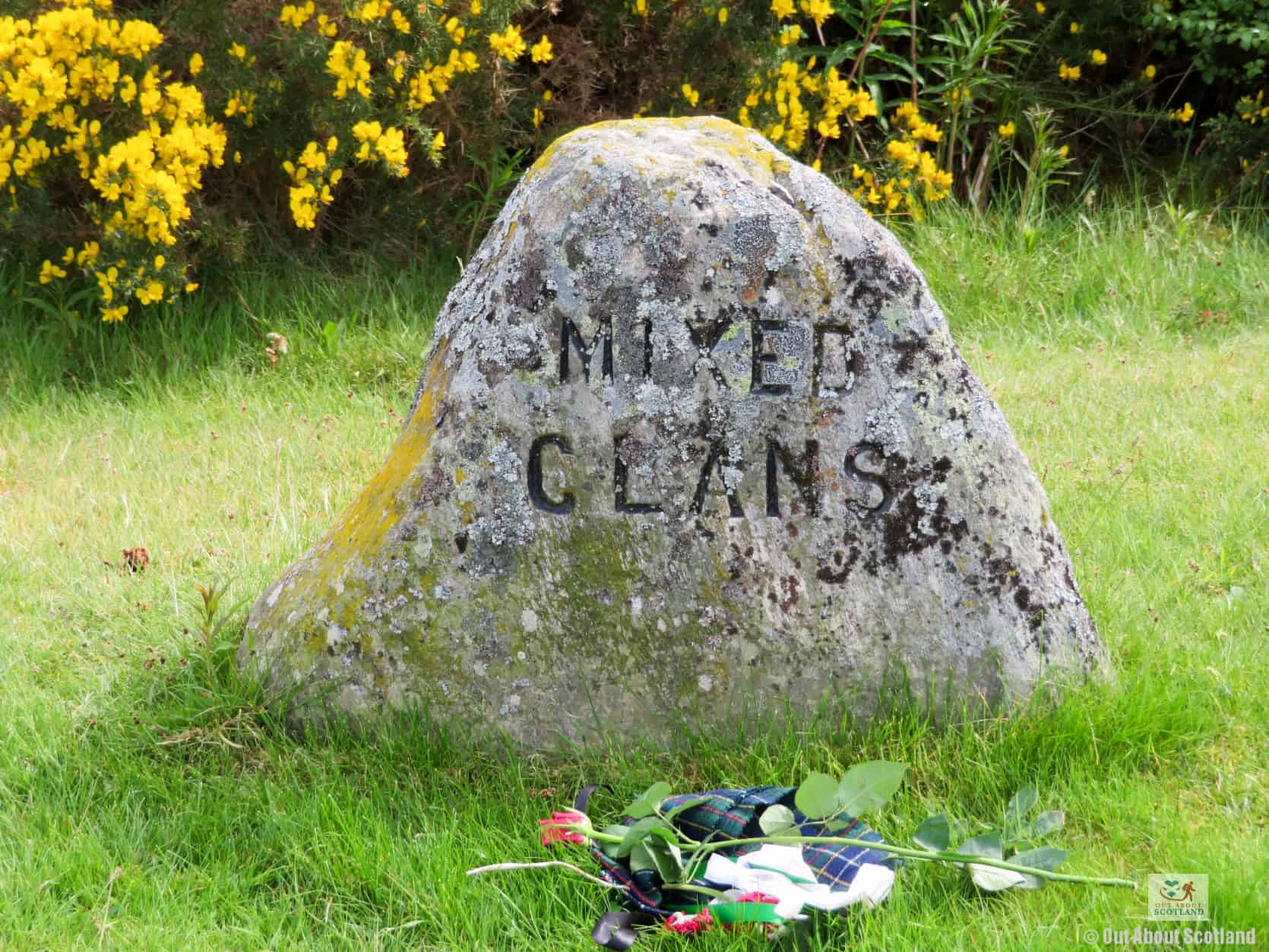
History
While the Jacobites had some success against the army of King George I, most notably by capturing Edinburgh and their win at the Battle of Prestonpans, they were unable to progress further than Derby and were eventually pushed back across the Scottish border by the much larger British Army.
As the Jacobites moved north and made camp in Inverness, the English Duke of Cumberland drove his army to meet them for the final confrontation at Culloden, where around 8,000 government troops fought against 6,000 members of the Stuart army.
The military training of the British forces quickly overpowered the less-trained Jacobites, and within an hour of the battle starting, it was over, with 1,500 Jacobites lying dead on the moor compared to just 300 government troops.
The defeat of the Jacobites at Culloden signalled the end of the clan way of life as the British government enacted laws to integrate Scotland with the rest of Britain, with the powers of the clan lords stripped from them and acts of parliament made to ban the wearing of clan tartan colours.

Things to Do
Immersive Battlefield Guided Tour: Step onto the actual battlefield where the 1746 Battle of Culloden occurred. An expert guide will show you the locations of significant events, bringing history to life in this moving and immersive experience. To book a tour, visit the Get Your Guide website.
Culloden Visitor Centre: Delve into the heart of Scotland’s history at the National Trust for Scotland visitor centre where you can learn more about the Jacobite uprising and its fateful end. The centre hosts an interactive exhibition that uses the latest technology to explain this major event.
Self-Guided Walks: Take a walk across the moor with a National Trust for Scotland guidebook. These books provide a unique insight into the events leading up to, during, and after the battle. Learn about the strategies, the soldiers, and the aftermath which eventually led to the infamous Highland clearances.
Culloden’s ‘Living History’ Performances: Experience the past by watching live performances of actors dressed in period costumes who recreate key moments from the battle and its aftermath. These dramatic reenactments truly bring history to life and are a must-see for any visitor. Visit the NTS website to see when the next re-enactment is happening.
Clava Cairns: A short distance from the battlefield, you’ll find the prehistoric burial cairns of Clava. Dating back 4,000 years, these mysterious stones offer a fascinating glimpse into Scotland’s distant past. It’s a perfect destination for anyone with an interest in Scotland’s history.
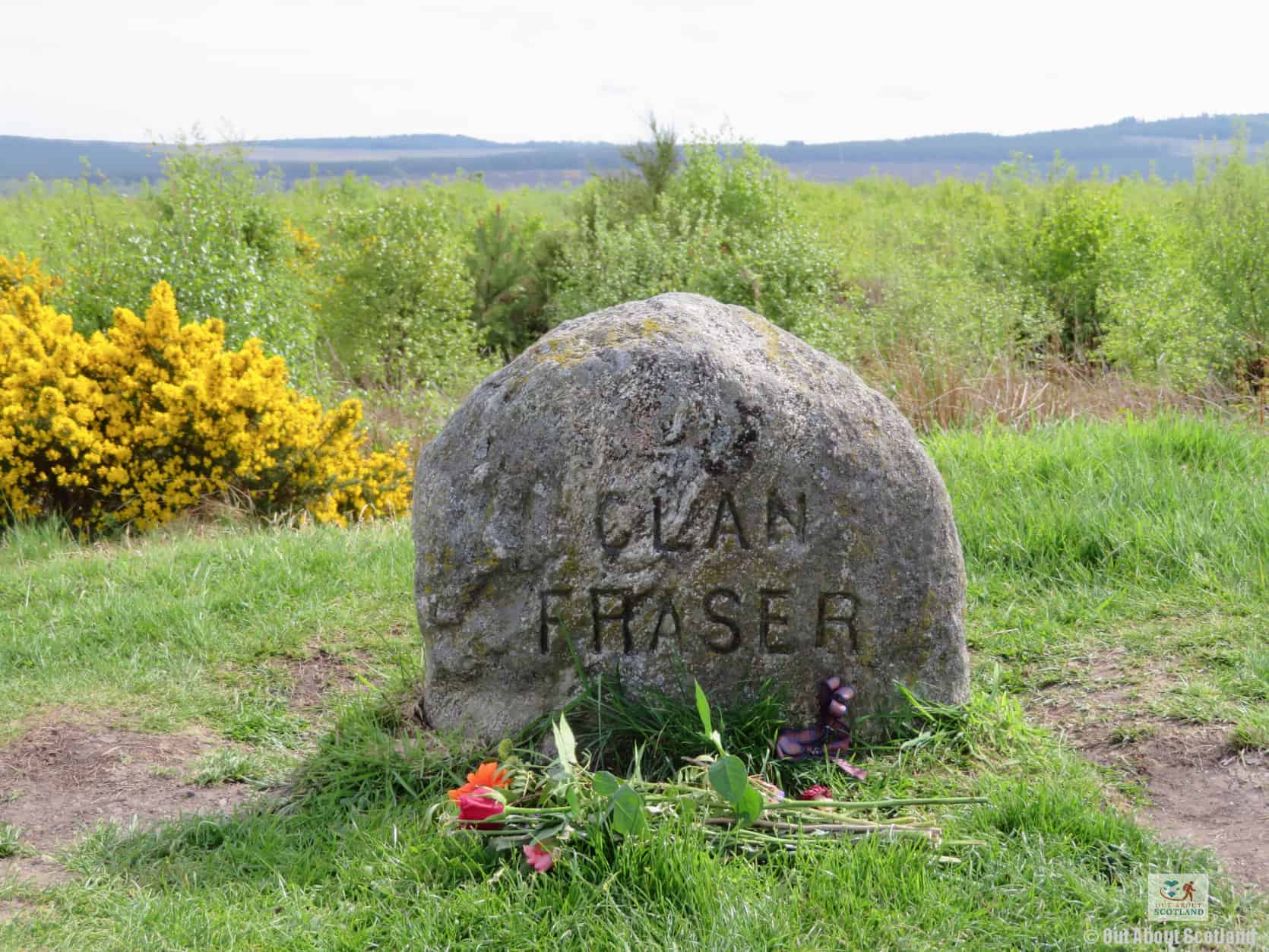
Things to Do Nearby
Fort George. Ardersier, Inverness IV2 7TD. 21-minute drive.
A large 18th-century fortified military garrison that overlooks Rosemarkie Bay in the Moray Firth. Fort George is an active military base but many of the historic areas are open to the public including the old munitions store, the chapel and the barracks (now a Highlander museum).
Clava Cairns. Inverness IV2 5EU. 5-minute drive.
One of the oldest historic sites in Britain. Clava Cairns is a prehistoric burial cairn that is estimated to be 4,000 years old. There are a number of standing stones and the remains of an ancient cemetery.
Inverness Castle. Inverness IV2 3EG. 14-minute drive.
A red sandstone castle that overlooks the River Ness in the city centre. The castle is not open to the public but the grounds can be visited for photo opportunities of Inverness from the elevated hilltop position.
Inverness Botanic Garden. Bught Lane, Inverness IV3 5SS. 21-minute drive.
This is a free-to-enter garden in the centre of Inverness that includes a cactus house, a tropical house complete with a waterfall and a koi carp pond, extensive outdoor gardens and a café and gift shop.
Inverness Museum. Castle Wynd, Inverness IV2 3EB. 16-minute drive.
A modern museum located a few minutes’ walk from Inverness Castle. The museum showcases exhibits of the Highlands and Highland way of life with displays of geology, art, natural history and archaeology.
Frequently Asked Questions
Who won the Battle of Culloden?
The Battle of Culloden, which took place on 16 April 1746, was won by the British Government forces led by William Augustus, Duke of Cumberland.
What happened at Culloden battlefield?
Culloden battlefield was the site of the last pitched battle to be fought on British soil. On April 16th 1746, the Jacobites led by Prince Charles Edward Stewart were defeated by British forces led by the Duke of Cumberland.
What happened to the clans after the Battle of Culloden?
After the defeat of the Jacobites in 1746, laws were passed that banned Highlanders from wearing clan tartan and bearing arms.
Clan chiefs were stripped of their land and the enforced removal and deportation of Highland people (known as the Highland clearances) meant that the traditional Highland clan system was lost forever.
Within 50 years of the beginning of the Highland clearances, the Scottish Highlands were one of the most sparsely populated regions in Europe.
Why did the Jacobites lose the battle of Culloden?
The forces of Edward Stewart were vastly outnumbered at Culloden, with 5,500 men pitted against 7,500 highly trained government soldiers.
Other reasons why the Jacobites were defeated are; the British army had 4 times as many mounted soldiers, the battlefield was boggy and unsuited to the Jacobite foot soldiers, and the British army had learned to modify their tactics after losing the Battle of Prestonpans in 1745.

